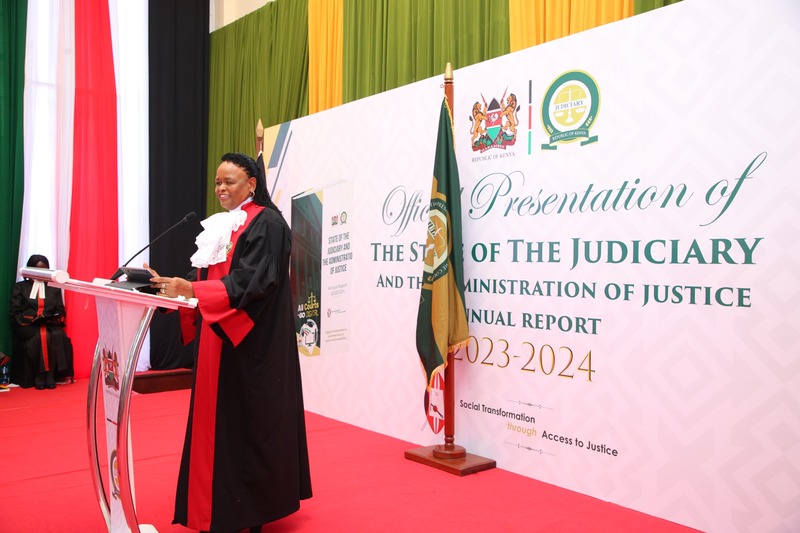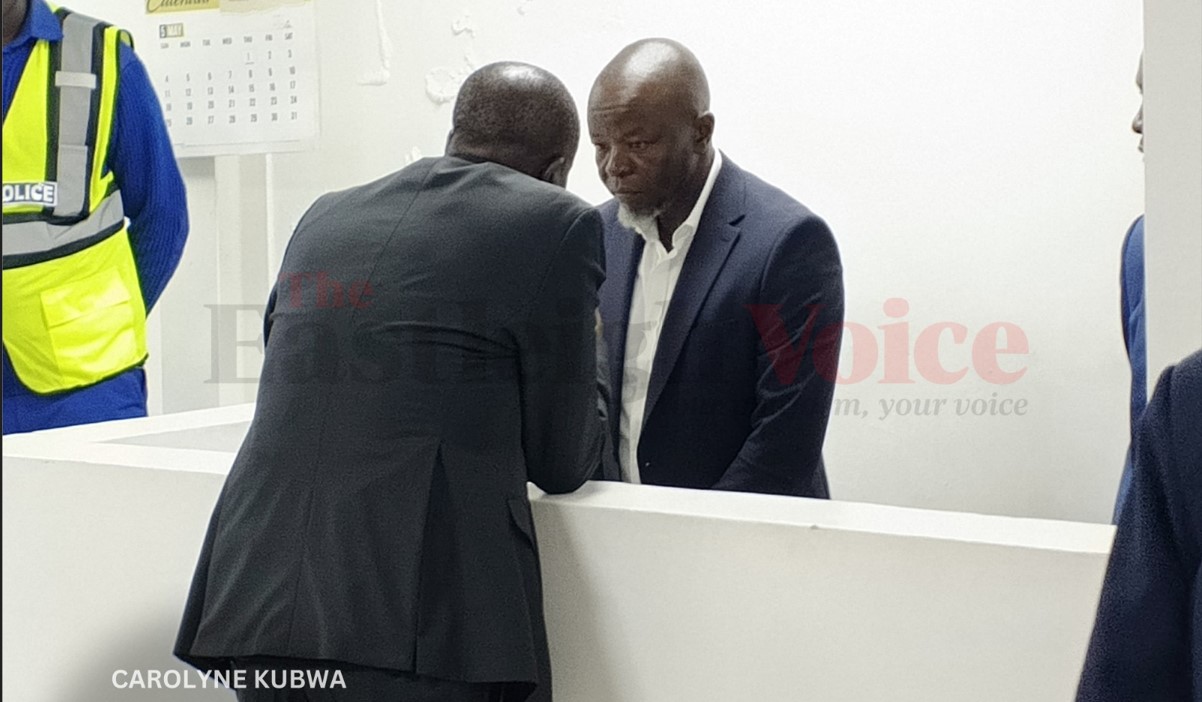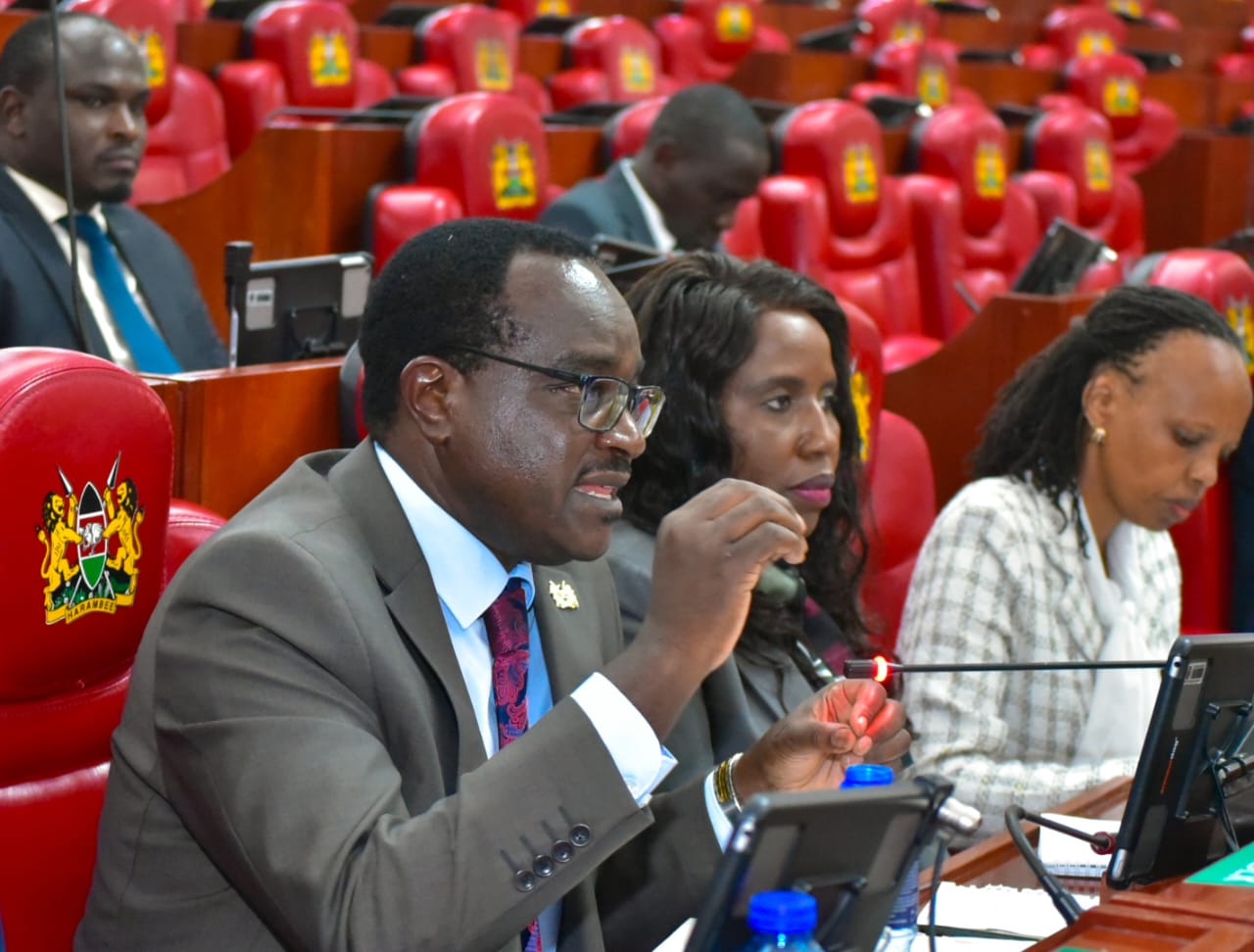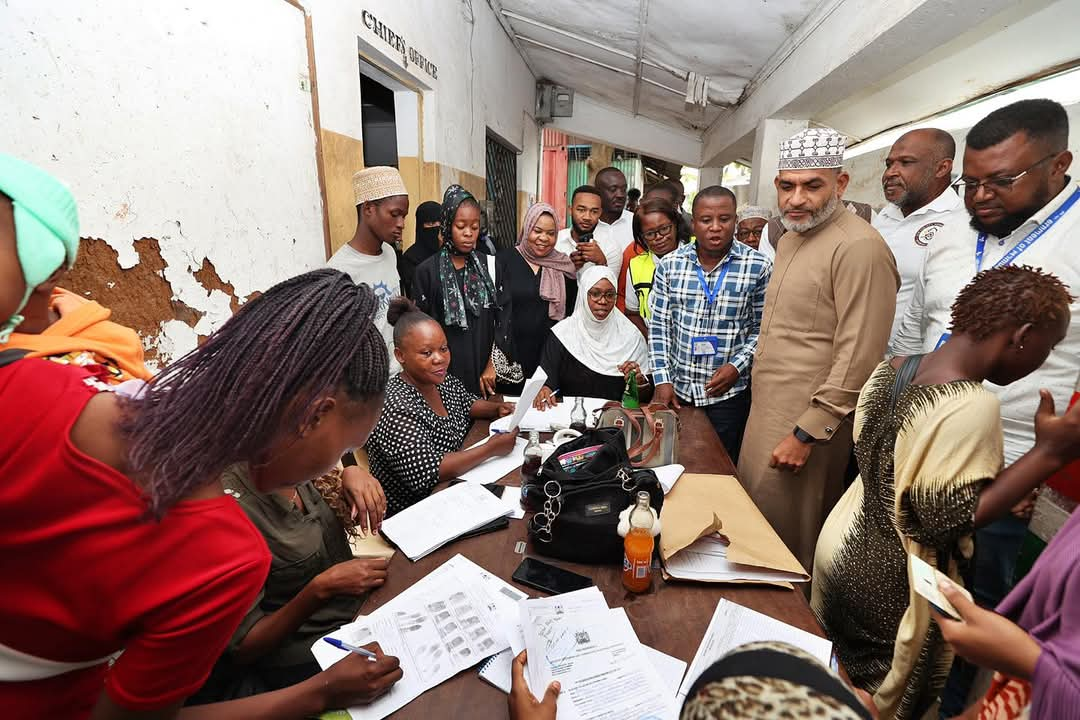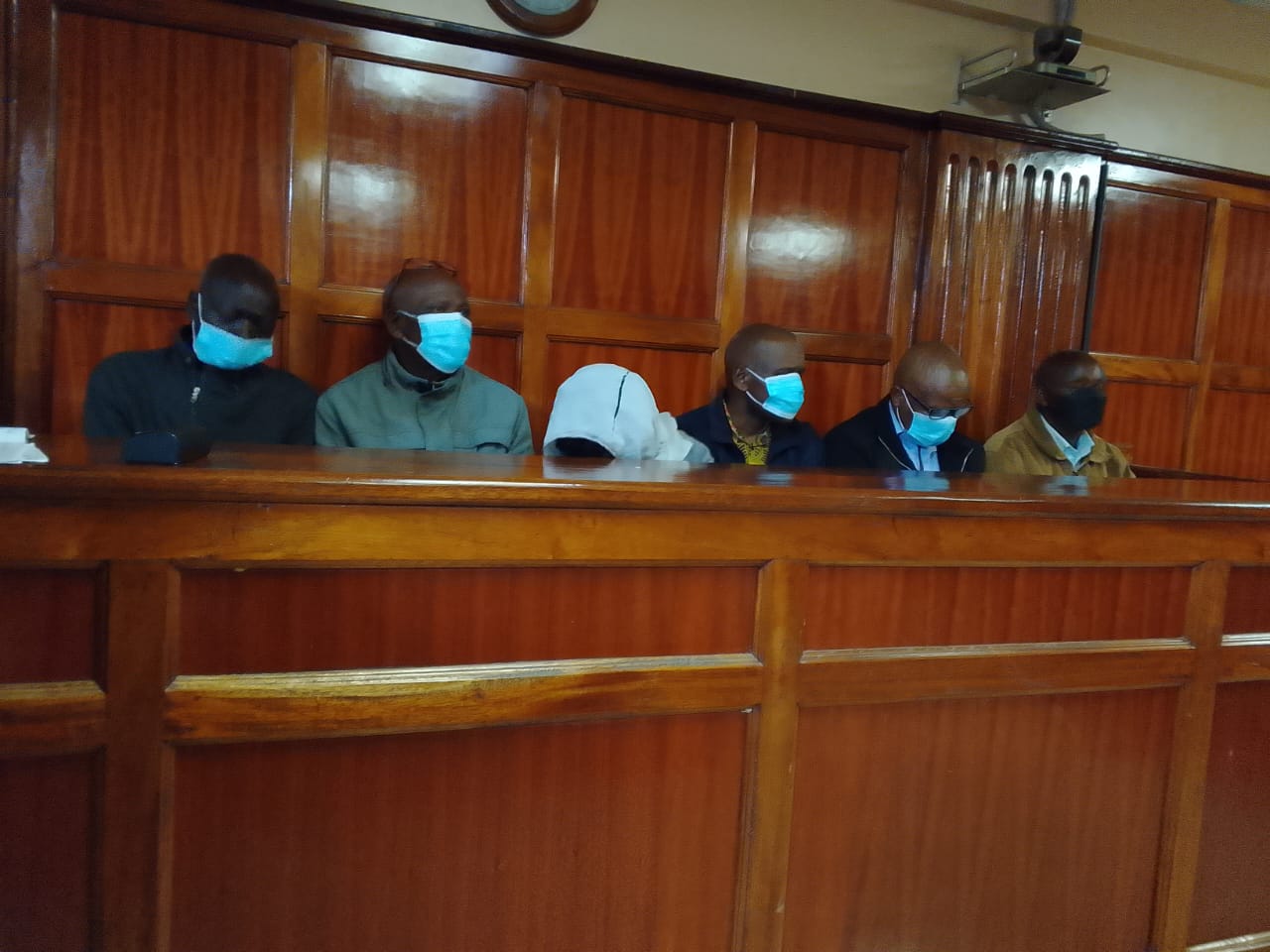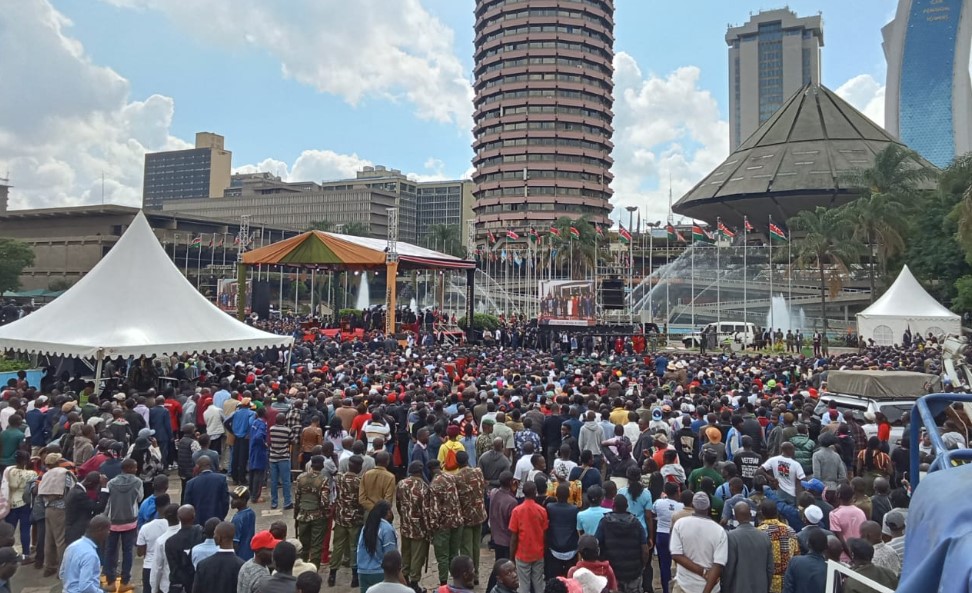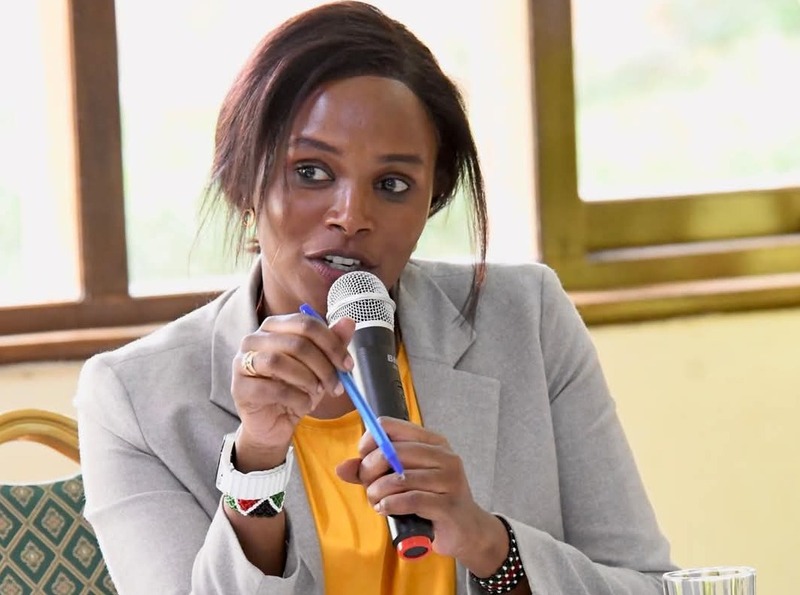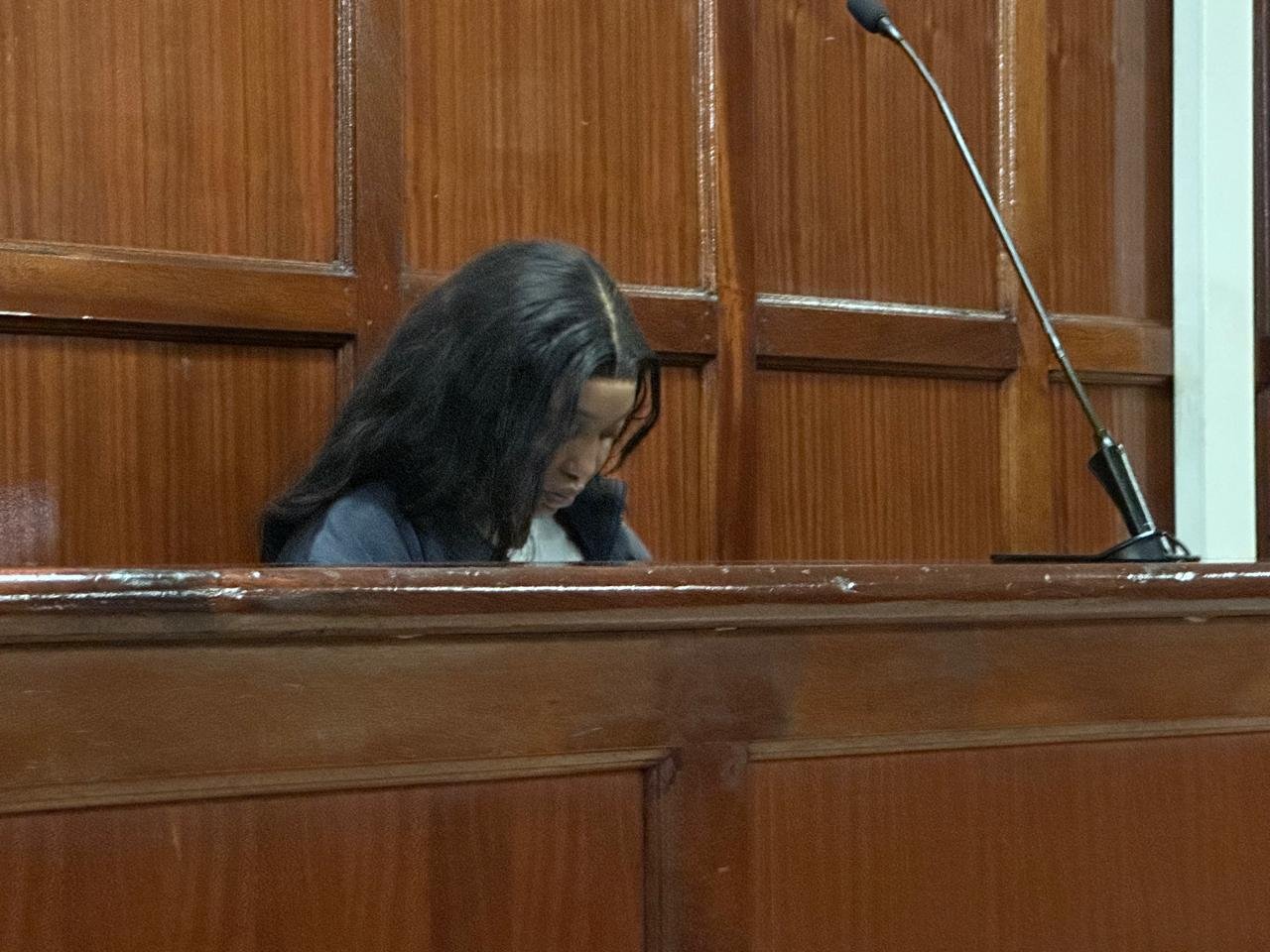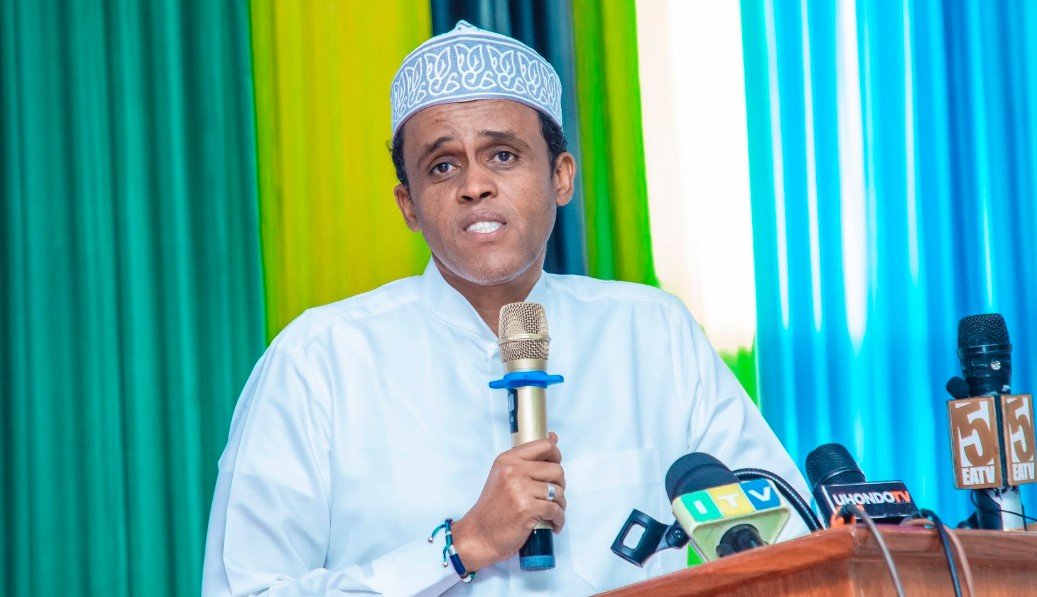Healthcare burden: Kiambu hospitals serve over five million patients, twice the county’s population
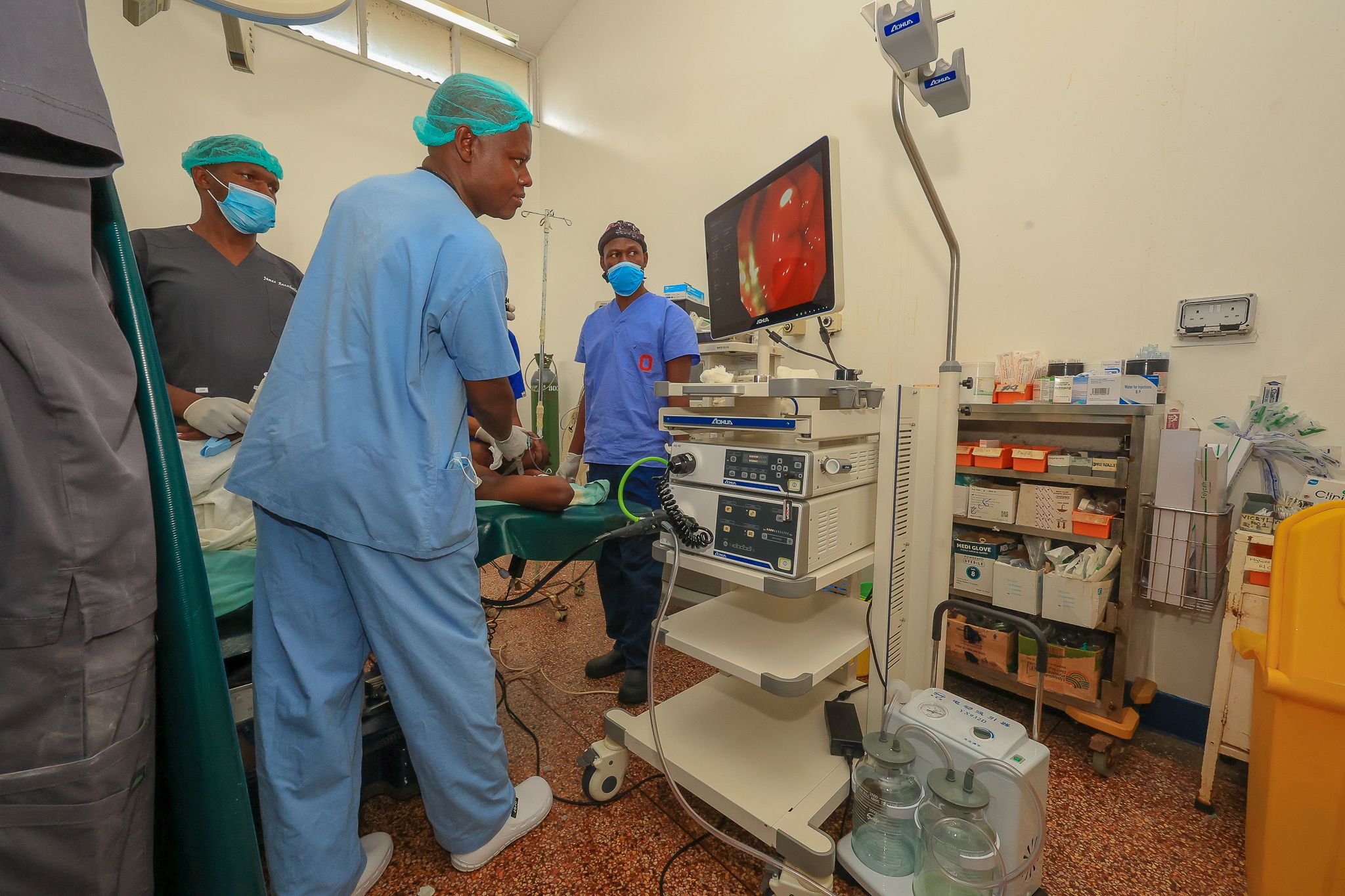
Of those admitted, 44,459 were in public facilities, despite Kiambu’s total bed capacity of only about 1,600.
Over five million patients were served in public and private hospitals in Kiambu County last year, a figure nearly double the county’s estimated population, as facilities struggle to handle an increasing influx of patients from neighbouring counties.
According to data from the Ministry of Health, 5.248 million people were treated in the outpatient sections, representing 191 per cent of the county’s population, while 119,109 others were hospitalised.
More To Read
- Kenya’s health budget to rise by Sh14bn as govt boosts access and infrastructure
- Explainer: Who are the striking UHC workers, and why are they protesting?
- UHC medics reject Health CS Duale’s directive on payroll transfer to counties, demand permanent terms
- Why patients' voices must be at the forefront of driving Kenya's healthcare reforms
- UHC workers protest in Nairobi over unmet promises, harassment
- Anguish for patients as healthcare delivery plagued by delays, mismanagement across counties
Of those admitted, 44,459 were in public facilities, despite Kiambu’s total bed capacity of only about 1,600.
According to health officials, the patient numbers include both new visits and revisits where a patient sought medical attention more than once.
During the same period, 56,833 babies were delivered in the county’s maternity wards. Of these, 37,480 were normal deliveries while 19,393 mothers underwent Caesarean section deliveries across 123 health facilities. Additionally, 28,095 of these deliveries occurred in 44 hospitals equipped with maternity wings.
Kiambu Level Five Hospital led in delivery numbers with 5,769 births, including 4,088 normal and 1,659 Caesarean deliveries. It was followed by Thika Level Five Hospital with 5,709 births (4,063 normal and 1,646 C-section), Ruiru Hospital with 3,539, Gatundu with 2,431, and Tigoni with 1,694.
The 2019 Kenya National Bureau of Statistics (KNBS) census placed Kiambu’s population at 2.4 million, but it is estimated to have risen to around three million, still far below the number of patients attended to, signalling that many come from outside the county.
Kiambu is among the counties with the highest number of public hospitals. It has three Level Five hospitals—Thika, Kiambu and Gatundu—11 Level Four hospitals, with the remainder classified as Level Three and Two. This network of facilities continues to attract patients from Nairobi, Machakos, Murang’a, Kitui, Embu, and Kirinyaga counties.
Ministry of Health data indicates that over 50 per cent of the patients served in Kiambu came from these neighbouring counties, contributing to congestion in major hospitals such as Kiambu, Thika, Gatundu (Level Five), and Ruiru (Level Four).
“The burden shouldered by the county in treating patients from other regions using its allocations to buy medicine and non-pharmaceutical supplies continues to exert pressure on Governor Kimani Wamatangi’s administration to expand county facilities to boost services,” Health Services Chief Officer Dr Patrick Nyagah told the Nation.
“Public hospitals cannot turn away patients, so we treat everyone who seeks services, even from our neighbouring counties. That is why sometimes you find patients sharing beds. Instead of complaining, we are improving services by building more facilities, renewing medical equipment, and ensuring our medical supply levels remain at least 85 per cent.”
Nyagah also noted that about 60 per cent of the patients served at Kiambu, Thika, Ruiru, Kihara, and Lang’ata hospitals in Githurai came from outside the county.
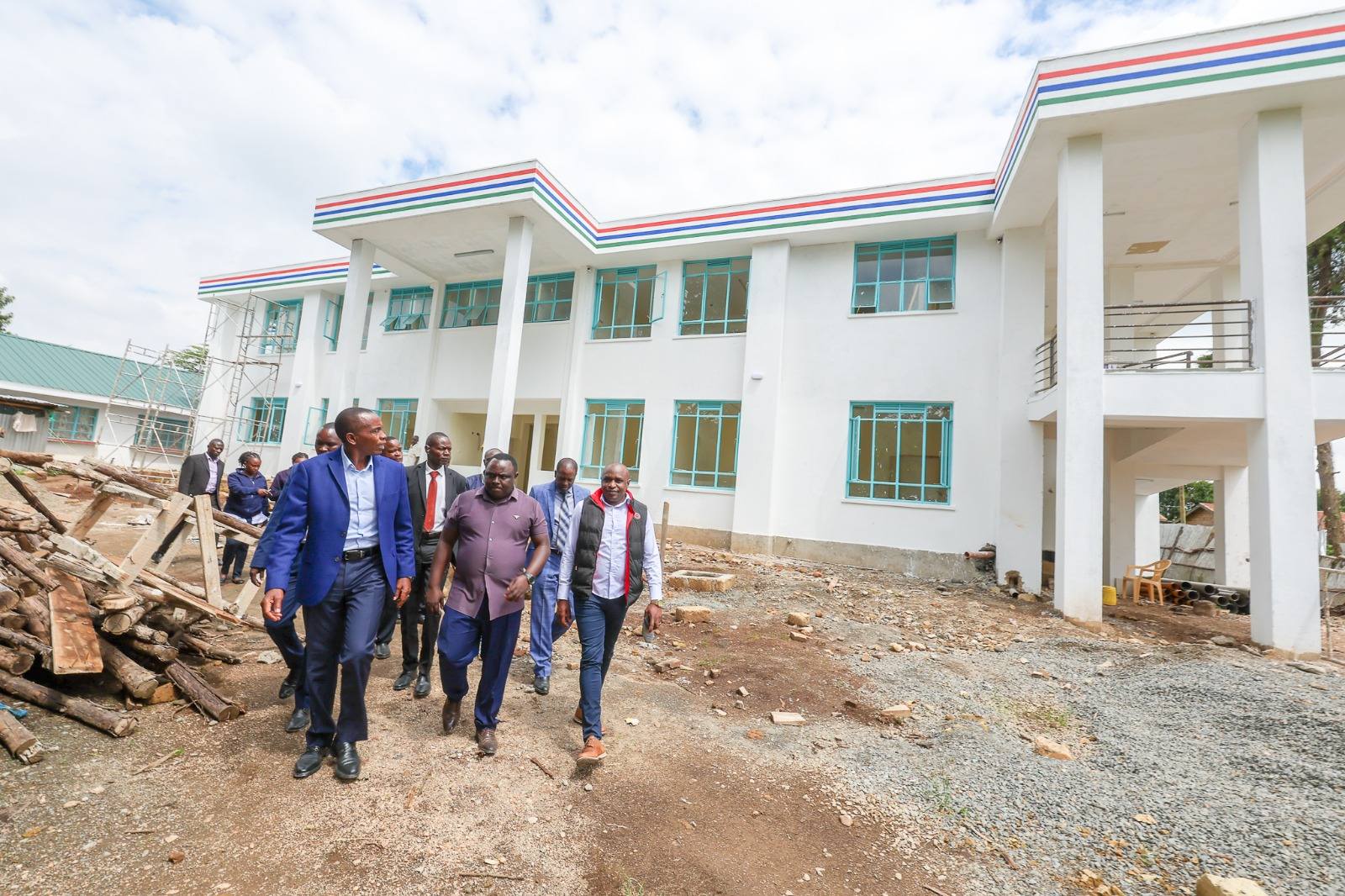 Kiambu Governor Kimani Wamatangi inspecting the Ndeiya Level Three Hospital in Ndeiya Ward, Limuru Sub-County which is 90 per cent complete. (Photo: X/Kimani Wamatangi)
Kiambu Governor Kimani Wamatangi inspecting the Ndeiya Level Three Hospital in Ndeiya Ward, Limuru Sub-County which is 90 per cent complete. (Photo: X/Kimani Wamatangi)
During the reporting period, Thika Level Five Hospital handled 249,881 outpatients and 12,465 inpatients, while Kiambu Level Five Hospital treated 249,904 outpatients and 13,292 inpatients. Ruiru Hospital served 116,116 outpatients and 4,942 inpatients, while Gatundu treated 102,649 outpatients and 4,546 inpatients.
Other Level Four hospitals recorded between 14,000 and 67,000 patients. These included Wangige in Kabete (62,715), Karuri in Kiambaa (52,472), Kihara (40,640), Igegania in Gatundu North (45,318), Tigoni (37,157), Lusigetti in Nachu, Kikuyu (26,181), Lari (24,488), and Kigumo in Githunguri (18,248).
Lower-level health centres and dispensaries also handled large patient numbers. Lang’ata Dispensary in Githurai 45 served 63,247 people, Kiandutu Health Centre (54,753), Makongeni Dispensary (43,449), Gachororo Health Centre in Juja (39,028), Githunguri Health Centre (33,889), Gichuru Dispensary in Kikuyu (30,238), and Juja Farm Dispensary (27,916). Most other dispensaries treated between 3,000 and 20,000 patients, with only seven serving fewer than 2,000 people.
To address congestion, Kiambu County is building over 30 new Level Four and Level Three hospitals, aiming to increase bed capacity from 1,608 to at least 3,208.
Governor Kimani Wamatangi said the five Level Four and 26 Level Three hospitals under construction are at various stages, with several over 90 per cent complete and due for equipping ahead of operations this year.
The new Level Four hospitals include Thogoto in Kikuyu and Rukuma in Lari—projects that began under former Governor William Kabogo in 2016 but had stalled, as well as Karuri and Juja hospitals, whose construction began in November 2013. The county has also resumed construction of Bibirioni Hospital, started in 2018 under former Governor Ferdinand Waititu at a cost of Sh300 million.
The Level Four facilities will serve as comprehensive medical hubs, featuring outpatient and inpatient services, radiology departments, maternity wings, two surgical theatres, and wards for male, female, and paediatric patients with a capacity of 160 beds each.
The Level Three hospitals, each costing between Sh50 million and Sh80 million, will also include outpatient and inpatient wings, a 16-bed maternity wing, 10 and six-bed general wards, laboratories, and operating theatres.
In addition to construction, the county is spending Sh500 million to equip existing hospitals with ultrasound, X-ray, dialysis, and endoscopy machines, and has allocated Sh2 billion to equip the new facilities.
“Services like CT scans and X-rays should be provided in a facility that bills itself as a Level Four hospital, but at Kiambu Hospital, it has been a major problem for years. However, we have procured it, and we will have an operational CT-scan while the Thika CT-scan machine is being replaced,” Nyagah said.
He added that ultrasound and X-ray machines had already been installed at Gatundu, Thika, Kiambu, Lusigetti, Lari, Nyathuna, Karuri, Tigoni, Kihara, Igegania, and Kigumo hospitals. Dialysis machines have been supplied to Thika and Gatundu.
“We will be one of the first counties to have more than 14 X-ray machines in the same territory. And they are brand new,” Nyagah said, adding that Wangige Level Four Hospital, completed several years ago, is currently being equipped.
Top Stories Today



